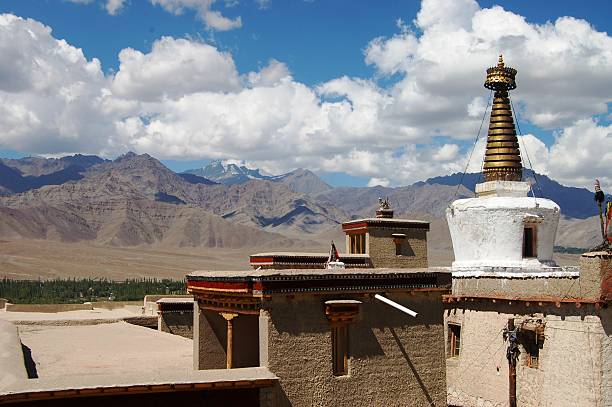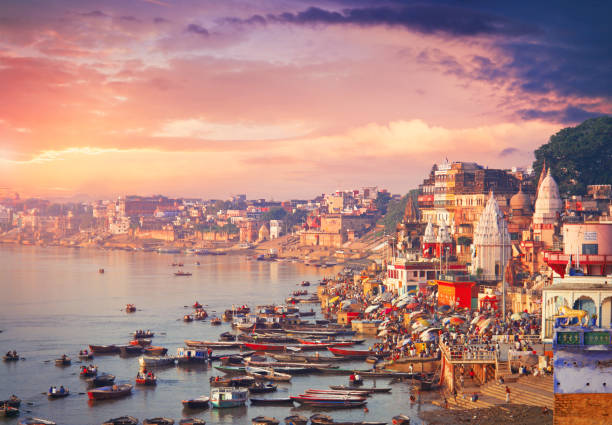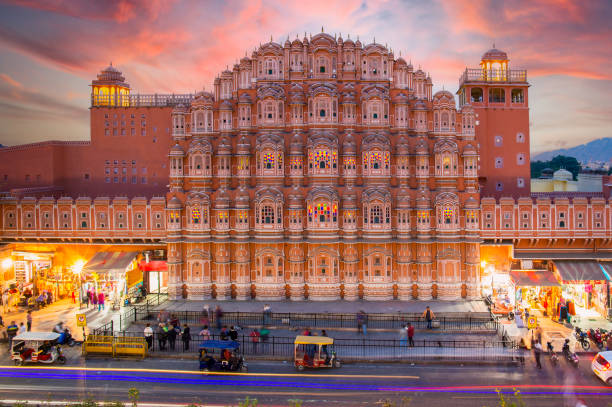Leh-Ladakh
, situated in the northernmost region of India within the union territory of Jammu and Kashmir, is a land of stark, breathtaking landscapes, rich culture, and serene spirituality. In this 800-word exploration, we will traverse the high-altitude plateau of Leh and Ladakh, uncovering its natural wonders, unique cultural tapestry, and the unparalleled adventure it offers to those who seek an escape to the Himalayas.
Geographical Splendor:
Leh-Ladakh is a high-altitude desert region, nestled between the Great Himalayas and the Karakoram Range. It’s a place of awe-inspiring natural beauty, with towering mountains, deep valleys, shimmering lakes, and barren landscapes. The stark, almost otherworldly environment is a magnet for adventurers and nature enthusiasts.
1. Pangong Lake: This spectacular lake, often dubbed the “Jewel of Ladakh,” is a major attraction. With its ever-changing hues of blue, it stretches across 134 kilometers, crossing into Tibet.
2. Nubra Valley: Known for its sand dunes and the famous double-humped Bactrian camels, Nubra Valley offers a unique and surreal experience.
3. Khardung La: Claimed to be the world’s highest motorable pass, Khardung La provides jaw-dropping views of the Nubra Valley and the surrounding mountains.
4. Zanskar Valley: Renowned for its untouched beauty, Zanskar Valley is a paradise for trekkers and adventure seekers, especially during the frozen Zanskar River Chadar Trek.
5. Tso Moriri Lake: Situated at a high altitude, this freshwater lake is surrounded by picturesque mountains and is known for its serene beauty.
Cultural Richness:
Leh-Ladakh is not just a haven for natural beauty; it’s also a land rich in cultural diversity and traditions. The region’s culture is influenced by Tibetan Buddhism, and monasteries, stupas, and prayer flags are ubiquitous, adding to the region’s spiritual ambiance.
1. Monasteries: Leh-Ladakh is home to numerous ancient monasteries, or gompas, including Thiksey, Hemis, Diskit, and Alchi. These monasteries are not only places of worship but also centers for learning and art. The annual Hemis Festival, one of the most famous in the region, celebrates the birth of Guru Padmasambhava and features colorful mask dances.
2. Traditional Festivals: Ladakhis celebrate various festivals, such as Losar (Tibetan New Year), Ladakh Festival, and Dosmochey, with traditional music, dance, and cultural performances. These festivals provide visitors with an opportunity to immerse themselves in the local way of life.
3. Local Cuisine: The local cuisine in Leh-Ladakh is an interesting blend of Tibetan, Kashmiri, and North Indian influences. Some popular dishes include momos (dumplings), thukpa (noodle soup), and apricot-based desserts. Butter tea, or gur gur chai, is a traditional beverage.
4. Lifestyle and Dress: The people of Leh-Ladakh are known for their warmth and hospitality. Traditional Ladakhi attire includes gonchas, thick woolen robes, and headgear. The lifestyle is deeply connected to the harsh terrain, where self-sufficiency is key.
Adventure and Outdoor Activities:
Leh-Ladakh is a haven for adventure enthusiasts and thrill-seekers. The challenging terrain and high-altitude conditions offer a range of activities for those seeking an adrenaline rush.
1. Trekking: Leh-Ladakh offers an array of trekking options, from the famous Chadar Trek on the frozen Zanskar River to the Markha Valley Trek. These treks take you through remote villages, monasteries, and breathtaking landscapes.
2. Rafting: The confluence of the Zanskar and Indus rivers near Leh is a prime location for river rafting. The fast-flowing waters provide an exhilarating experience for rafters.
3. Mountain Biking: The rugged terrain and winding roads are perfect for mountain biking. You can explore remote villages and monasteries while enjoying the stunning views.
4. Motorcycling: The Leh-Manali Highway and Leh-Srinagar Highway are renowned for motorcycle journeys. Riding through high mountain passes like Khardung La and Chang La is a dream for bikers.
5. Paragliding: The Leh area is gaining popularity as a paragliding destination. Soaring over the mesmerizing landscapes provides a unique perspective of the region’s beauty.
Spiritual Sanctuaries:
Leh-Ladakh is a hub of spirituality, attracting seekers from around the world. The serene monasteries and meditation centers provide an ideal setting for introspection and meditation.
1. Hemis Monastery: One of the most significant monasteries in Ladakh, Hemis Monastery is not only architecturally stunning but also a place of profound spiritual significance. It is dedicated to Guru Padmasambhava.
2. Diskit Monastery: Located in the Nubra Valley, this centuries-old monastery is known for its gigantic Maitreya Buddha statue.
3. Likir Monastery: This beautiful monastery houses a huge gold-covered Buddha statue and offers mesmerizing views of the surrounding landscape.
4. Spituk Monastery: Perched atop a hill, Spituk Monastery is famous for its annual Gustor Festival, a colorful event featuring mask dances and rituals.
Best Time to Visit:
Leh-Ladakh’s weather is harsh and extreme, so the best time to visit is during the summer months, from May to September. This is when the roads to the region are open, and the weather is relatively mild, making it suitable for all outdoor activities and exploration.
In conclusion, Leh-Ladakh is a land of superlatives, where the natural beauty, cultural richness, and adventure opportunities are unrivaled. It offers an escape to a world of awe-inspiring landscapes, spiritual sanctuaries, and thrilling outdoor activities. Whether you’re a trekker, a culture enthusiast, a spiritual seeker, or an adventure junkie, Leh-Ladakh has something extraordinary to offer. It’s a destination that transcends the ordinary and leaves a lasting impression on anyone fortunate enough to explore its high-altitude wonders in the heart of the Himalayas.



